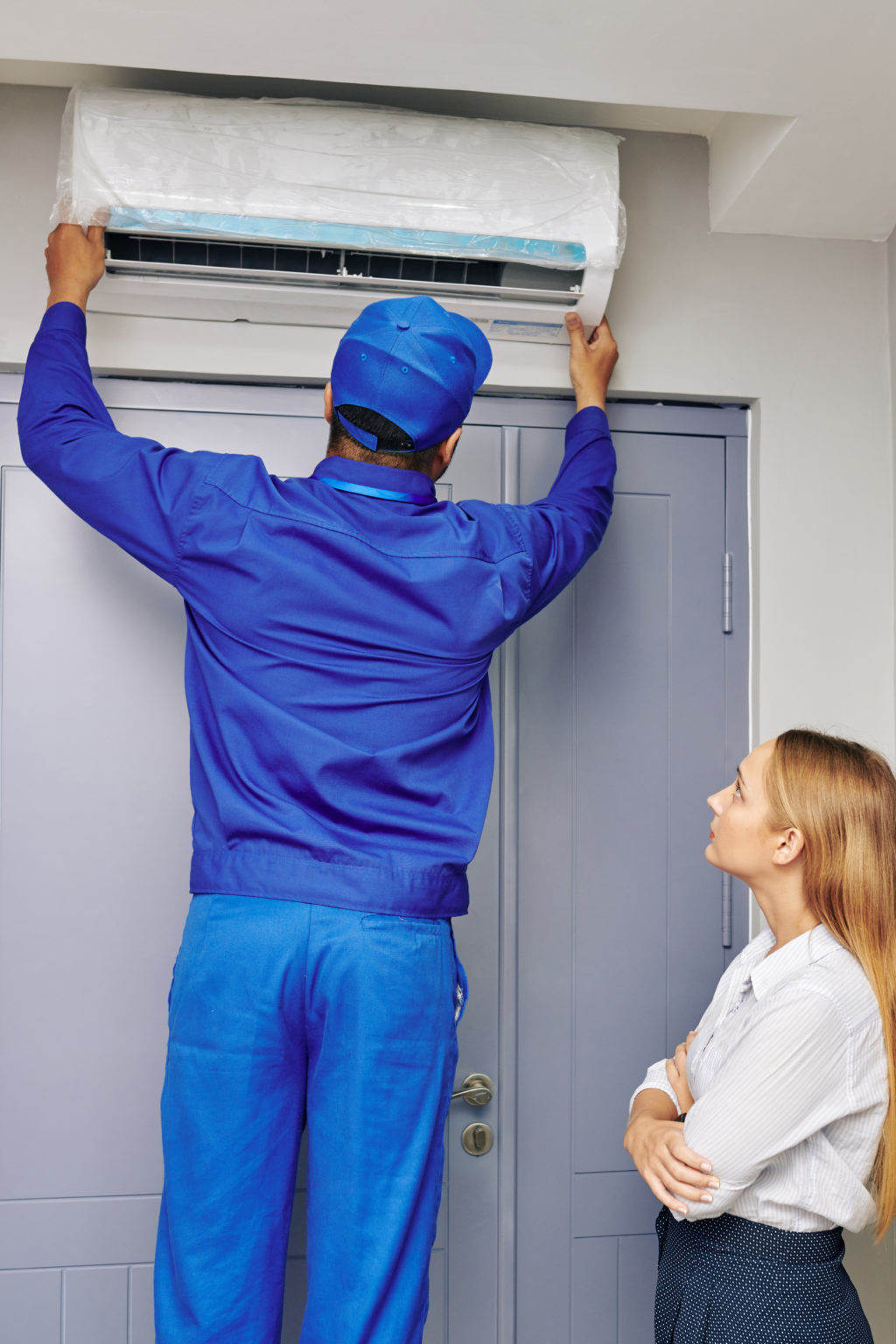Regarding maintaining a comfortable environment in our homes and work environments, comprehending HVAC systems is essential. HVAC, referring to heating, ventilation, and air conditioning, holds a critical role in managing indoor temperatures and air quality throughout the year. But with diverse options available, discovering the appropriate system for your preferences can seem overwhelming. This article aims to break down the differences between central and ductless HVAC systems, aiding homeowners make informed decisions about their heating and cooling solutions.
As we explore central and ductless options, we'll delve into how these systems work, the benefits and drawbacks of each, and tips for choosing the best one for your living space. Whether you're upgrading an old system or anticipating a new installation, knowing how these HVAC choices compare will allow you to create a pleasant and energy-efficient living space. Let's take a closer look at the world of HVAC and explore which system might be the ideal fit for your unique situation.
Comprehending HVAC Systems
HVAC stands for the systems for heating, ventilation, and air conditioning, and it encompasses the mechanisms used to offer heating and cool options for residential and commercial environments. Heating systems heat the interior environment during colder months, while cooling systems lower the temperature of it down during the heat of the summer season. Proper ventilation is key for ensuring air circulates throughout the space, which not only boosts comfort and also is important in upholding indoor air quality.
A standard HVAC system includes various elements functioning collaboratively. The essential elements include a heating unit or heat generator for warming, an AC unit or heat pump for cooling, ducts to carry air, and a thermostat to control the temperature. Understanding how each element functions helps homeowners and building managers know how to care for and troubleshoot their systems effectively.
As HVAC technology develops, new advancements arise to improve energy efficiency and comfort inside. Intelligent HVAC units now connect with automated home technologies, facilitating more precise control and oversight. Additionally, solutions like ductless systems or geothermal heating offer different choices that can cater to specific needs, making it crucial for buyers to evaluate various options when selecting an HVAC system for their space.
Frequent HVAC Issues and Solutions

Homeowners regularly face a variety of HVAC problems that can interrupt well-being and efficiency. One common issue is poor heat or cool air, which can be due by clogged filters, blocked vents, or an improperly sized system. Regular maintenance, including air filter replacements and cleaning airflow pathways, can help alleviate these problems. If https://click4r.com/posts/g/19976812/hvac-misconceptions-debunked-what-you-really-need-to-know persist, it may be important to consult a professional for further diagnosis or adjustments.
A frequent issue is unusual sounds coming from the HVAC system, such as clattering, squeaking, or hissing. These sounds can indicate unsecured components, worn belts, or airflow restrictions. Residents should promptly address any unusual noises by checking for unfastened parts or debris in the system. If the sounds continue, reaching out to an HVAC professional is advisable to prevent possible damage and ensure safety.
Lastly, high energy bills can indicate that an HVAC system is not functioning efficiently. Common culprits include inadequate insulation, outdated equipment, or overlooking routine maintenance. To combat this problem, homeowners should consider scheduling regular tune-ups to keep the system in optimal condition and explore energy-efficient upgrades. Implementing smart thermostats and improving insulation can also help reduced energy consumption and decreased bills.
Energy Conservation and Smart HVAC Choices
Determining the appropriate HVAC system is crucial for boosting energy efficiency in your home. Central HVAC systems often come with greater upfront costs as a result of the comprehensive installation of ductwork, but they can efficiently heat or cool more spacious rooms. Conversely, ductless HVAC systems, including mini-splits, offer adaptability and targeted comfort, enabling you to cool or heat single rooms without the need for ducts. This could lead to reduced energy consumption, especially if you have sections that go unused regularly.
Advanced HVAC choices can further boost energy efficiency. The integration of smart thermostats enables homeowners to operatively handle their HVAC systems remotely and set schedules that align with their daily routines. This cuts down on energy waste by ensuring that heating or cooling happens when necessary. Additionally, various modern HVAC systems are built with energy efficiency ratings that guide consumers about anticipated energy use, aiding them to pick systems that best suit their needs.
Putting money into energy-efficient HVAC options also contributes to diminishing your energy bills but also affects favorably the environment. By choosing systems that utilize renewable energy sources, including solar-powered HVAC, you can decrease your carbon footprint. Routine maintenance and updates, along with the installation of efficient air filters, boost overall system performance and indoor air quality, resulting in your home more pleasant and eco-friendly year-round.
